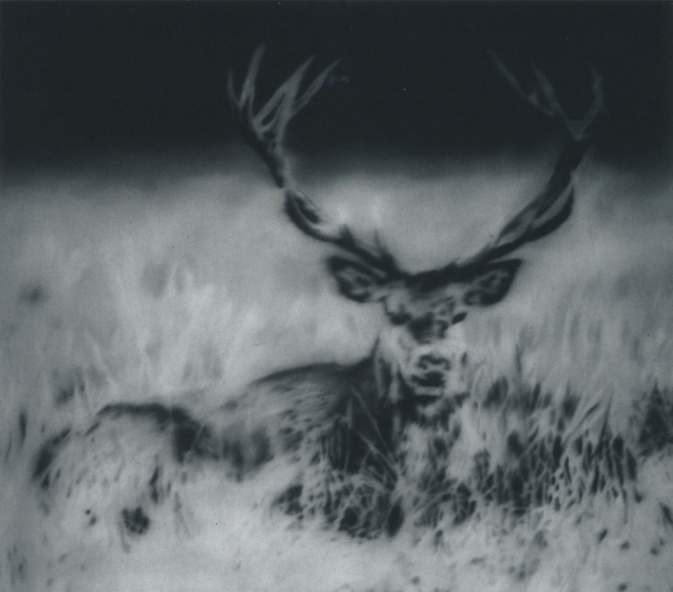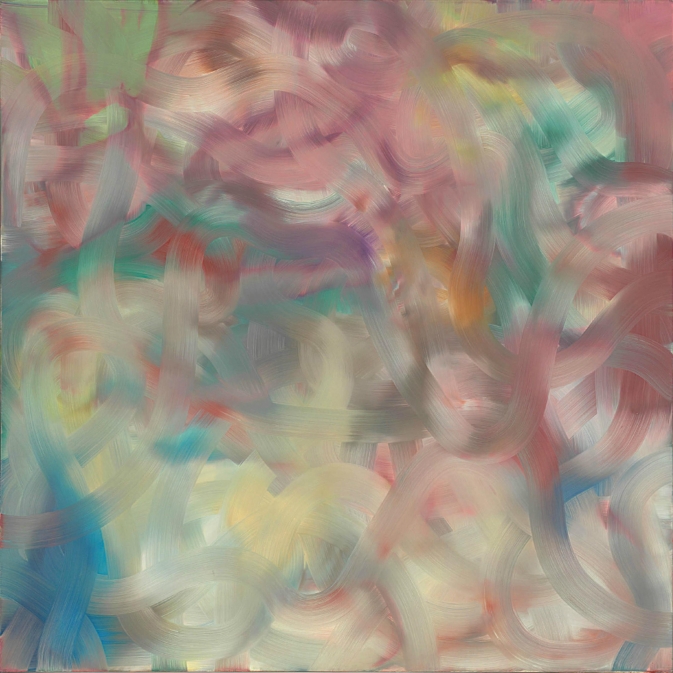For this week, I’ve chosen to study Gerhard Richter with an emphasis on both his photographic paintings as well as his early abstract work of the 1960’s. Richter has been monumental for the contemporary art world, if not for the content he depicts, for the eclecticism followed his body of work spanning over the past fifty years. I chose to look into him to because of this variation and big changes to style. How can someone so influential to the world of realism and photography be so in tune with abstraction as well? This is a question I’ve been working on for myself, because although I am interested in how and why abstraction is made, it is hard for me to accept completely. After a few good hours of research and biography reading, I found a few specific things that I feel are key to his success in both realms.
The interplay and conversation between realism and abstraction during the mid twenty years of Richter’s career was important to both forms of expression. The content that was in each “sub-genre” of Richter’s work could be easily related through previous comparisons and ideas, which in turn continued the cycle of experimentation. Speaking of experimentation, during Richter’s early years as a teenager and young man, he experimented with many forms of art, medium, concepts and styles. This allowed him to not feel confined to a certain realm of art, which helped him paint his way out of dead ends or broken ideas. Richter was fascinated with a wide variety of content. From tangible ideas or concepts such his early fascination with military, violence, people, and animals ( His family endured both WWI and WWII in Poland ) to his matured interests in pop culture, politics, and representation, the limits set for exploration only stopped within his imagination and ambition.
- “Hirsch II” by Gerhard Richter, 1966, 130 x 150 cm Oil on Canvas
- “Color Streaks” Gerhard Richter, 1986, 200 x 200 cm Oil on Canvas



Leave a Reply